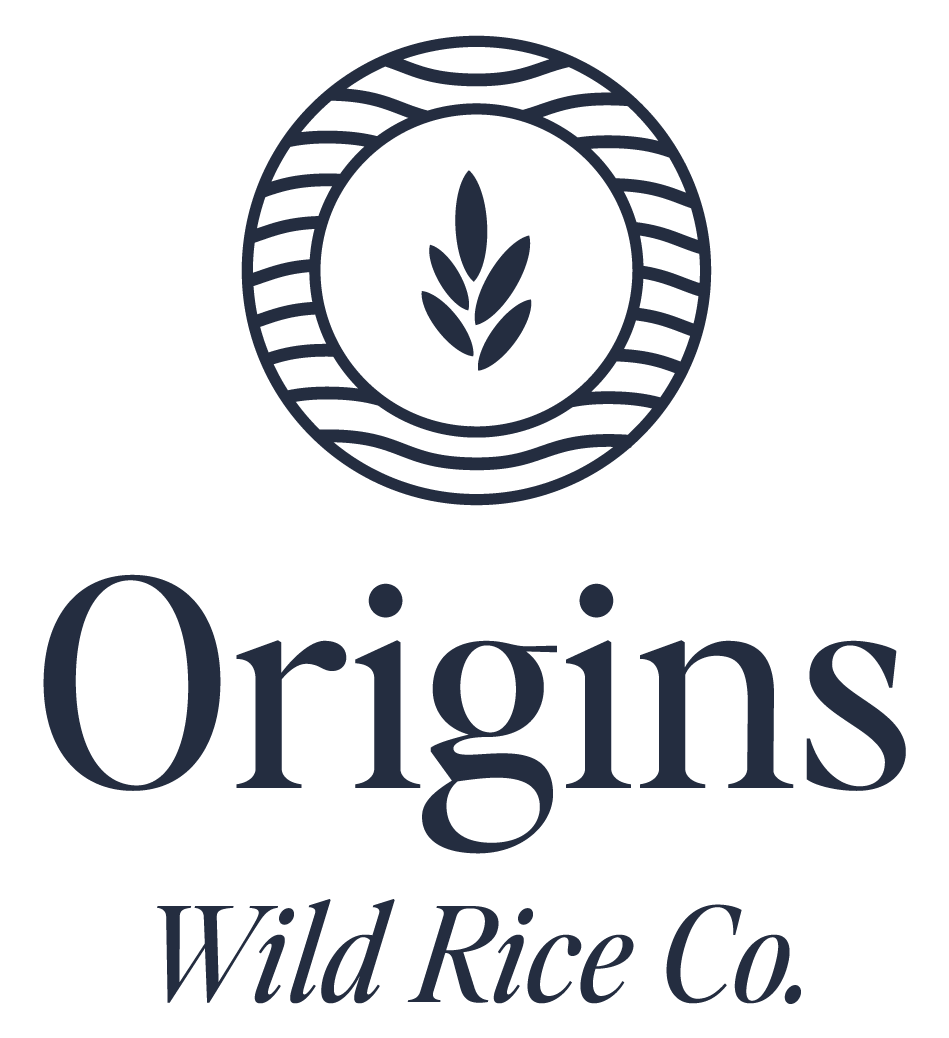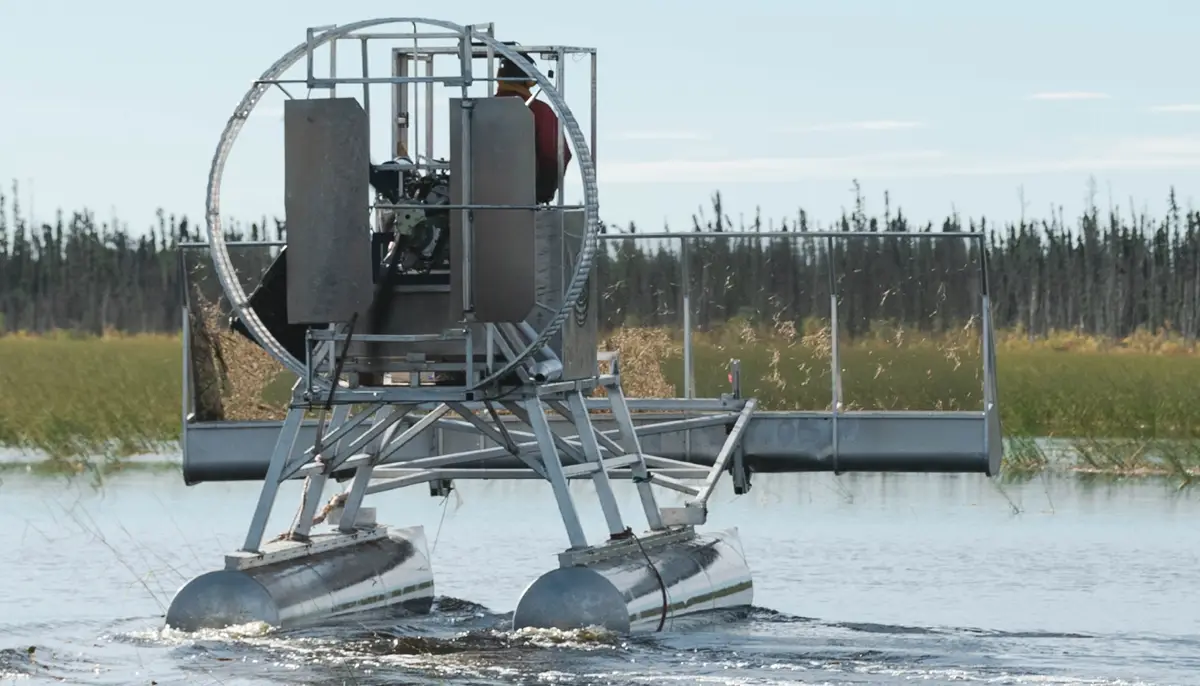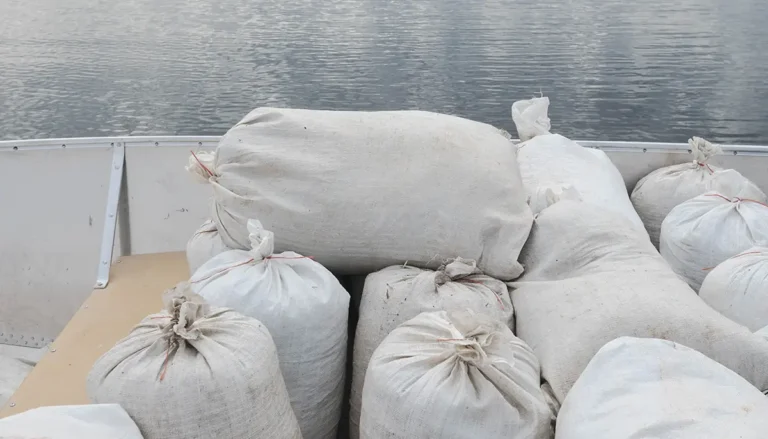Wild rice, often referred to as the “caviar of grains”, holds not only cultural significance but also ecological importance. Indigenous communities have harvested this grain for centuries, respecting its habitat and maintaining a delicate balance with nature. However modern practices, if not managed sustainably, can threaten both the wild rice itself and the ecosystems it inhabits. In this article we delve into the environmental impact of wild rice harvesting and explore the eco-friendly practices that Origins Wild Rice Co. prides itself in doing to preserve this invaluable resource for generations to come.
Understanding the Environmental Impact of Wild Rice Harvesting:
Wild rice is an aquatic grass that thrives in shallow, freshwater ecosystems. Its unique growth requirements make it susceptible to environmental changes and human activity. Firstly, because of the fragility of the plant, the water quality and quantity is a major factor in its successful perennial growth. Factors can be anything from nutrient levels, turbidity, pH, contaminants and oxygen levels.
To break it down:
Nutrient Levels:
If essential nutrients like nitrogen and phosphorus are in excess, it can lead to rapid growth of algae which can shade out the wild rice plant.
Turbidity:
Like any other plant, wild rice relies on sunlight for photosynthesis. High levels of turbidity, caused by suspended particles in the water, can reduce light penetration limiting growth.
pH Levels:
Wild rice exhibits a preference of slightly acidic to neutral pH levels. Any extreme pH levels can inhibit nutrient uptake and affect the availability of essential minerals that contribute to plant growth.
Contaminants:
Contaminants such as heavy metals, pesticides, and industrial pollutants can accumulate in bodies of water and adversely affect wild rice growth. Additionally, contaminants can bioaccumulate in the tissues of wild rice, posing risks to wildlife and human health if consumed.
Oxygen Levels
Adequate oxygen levels are essential for the survival of wild rice roots and the organisms that inhabit the surrounding ecosystem. Poor water quality, characterized by low dissolved oxygen levels, can stress wild rice plants and lead to root damage or mortality.
While there are environmental factors that are out of our control, there are things we can do to safeguard water quality and ensure the continued abundance of this culturally significant and ecologically valuable aquatic plant species. In order to do that, here are some of the best practices that Origins Wild Rice Co. have adopted.
Eco-Friendly Practices for Sustainable Harvesting:
Traditional harvest methods involve hand-harvesting with non-motorized tools, ensuring minimal disturbance to the plants and their surroundings. However, modern techniques require the use of motorized boats and heavy machinery that if not practiced carefully; can damage both the wild rice and fragile aquatic habitats.
Improved Efficiency of Harvester Boats:
Manufacturers at Origins have developed new harvester boats that utilize fuel efficient engines that have significantly reduced the carbon footprint of harvesting wild rice.
Community Stewardship:
Fostering community engagement and community stewardship is essential for sustainable management of wild rice ecosystems. Collaborative efforts between indigenous communities, government agencies, and conservation organizations facilitate the development of culturally appropriate regulations to protect wild rice. This is why Origins prides itself on its TCO organic certification, ensuring that the harvesting process is sustainable from start to finish.
Conclusion:
Wild rice harvesting, when conducted with respect for ecological integrity, can be a model for sustainable food production and environmental stewardship. By embracing eco-friendly practices we can safeguard the future of wild rice and its invaluable contributions to biodiversity, water quality and your dinners!




